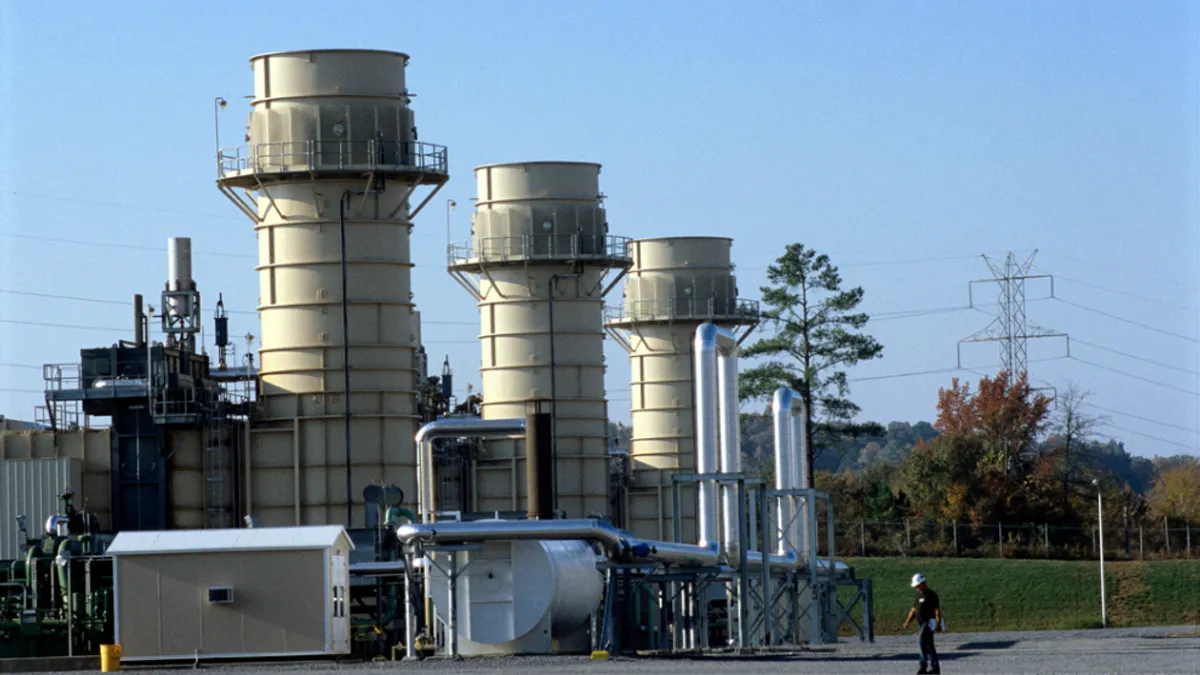Dive Brief:
- Ohio's energy mix is about to change, the Cleveland Plain Dealer points out, with six gas-fired plants on the drawing board and older coal-fired generation set to retire.
- The accelerated retirement of many coal plants is a nationwide trend, driven by low natural gas prices and EPA pollution regulations. About 60,000 MW of coal fired generators are expected to be offline by 2020, according to the EIA, due largely to the EPA's Mercury and Air Toxics Standards (MATS), and, once it is finalized, the carbon regulations under the Clean Power Plan.
- The state is also wrestling with energy efficiency standards, having frozen its programs until 2017. Analysis from Pew Charitable Trusts, however, has indicated the move could be costing the state millions of dollars.
Dive Insight:
Ohio's portfolio of energy sources is about to undergo a dramatic shift. The state has no less than a half dozen gas-fired proposals under consideration, at the same time new carbon regulations are about to take older coal-fired facilities offline.
The most recent generation proposal, The Plain Dealer reports, is Swiss-owned Advanced Power's plan to construct a 750-MW facility in Carroll County. According to the newspaper, more than 4,000 MW of gas-fired facilities are expected online in the next four years.
The Carroll County Energy facility is under construction and could create about 500 construction jobs. The facility is expected online in late 2017.
Simultaneously, Ohio legislators are considering whether or not to reboot the state's energy efficiency measures. The state froze the measures through 2016, but Pew research earlier this year showed that between 2009 and 2013 Ohio attracted $1.3 billion in private clean energy investment — with more than $3 billion expected in the next decade.
Coal retirements, at this stage, are largely being driven by low natural gas prices and the EPA's MATS rule, since the carbon regulations under the Clean Power Plan have yet to be finalized. The Supreme Court in March heard a challenge to the MATS rule brought by a group of states and industry groups, and appeared sharply divided after hearing the case. The EPA has indicated that the Clean Power Plan will be finalized in "mid-summer"














